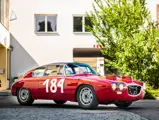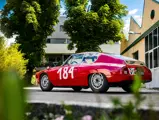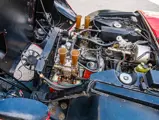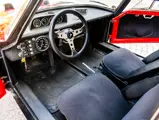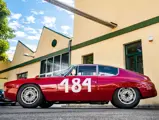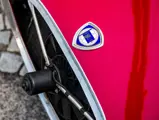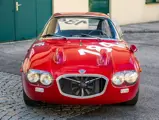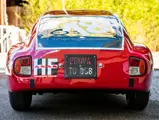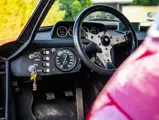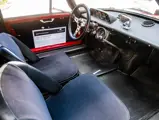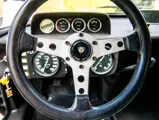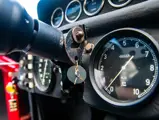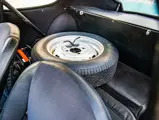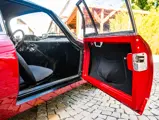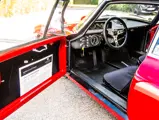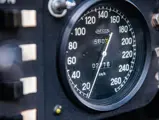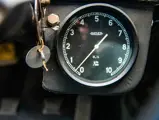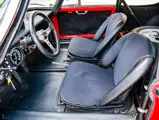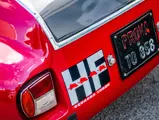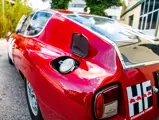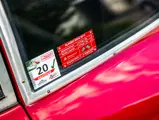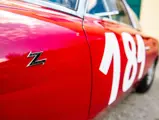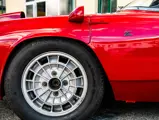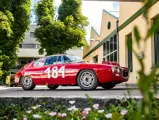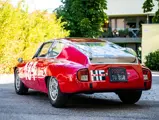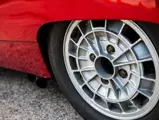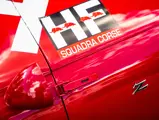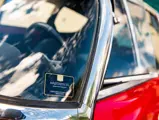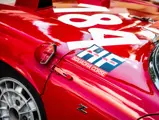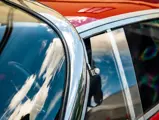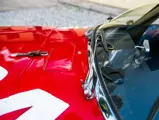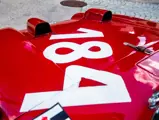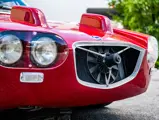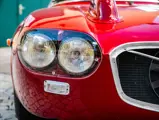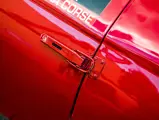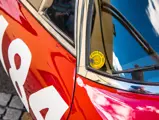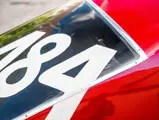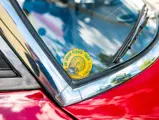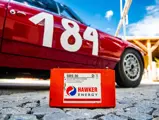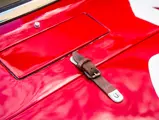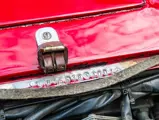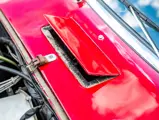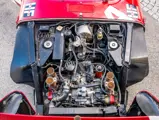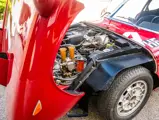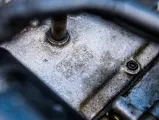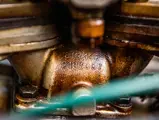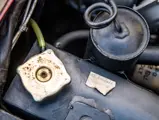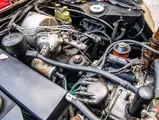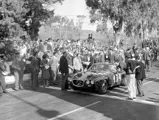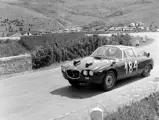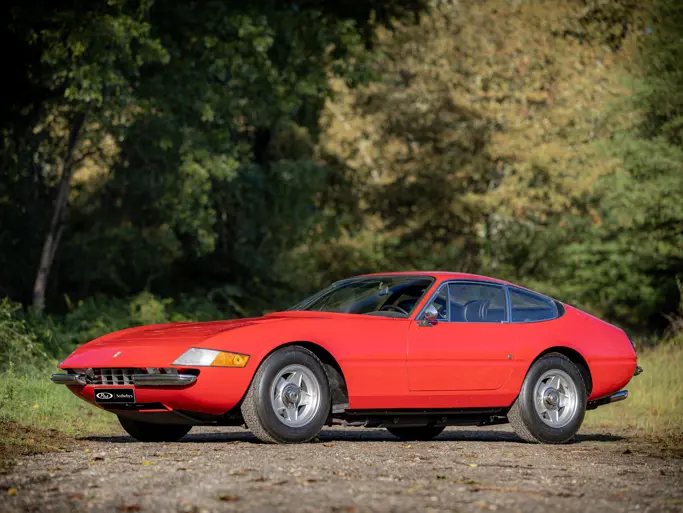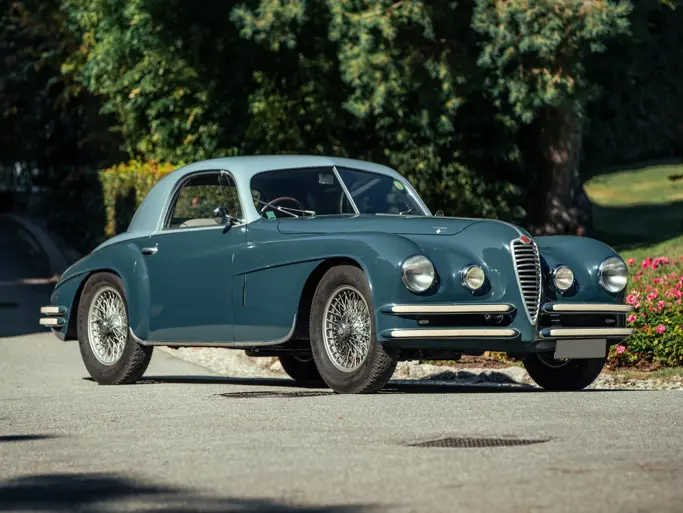Private Sales
1964 Lancia Sport Prototipo Zagato
{{lr.item.text}}
 | Wien, Vienna, Austria
| Wien, Vienna, Austria
{{internetCurrentBid}}
{{internetTimeLeft}}

- Contested the legendary 720 km Targa Florio road race in 1964 as an official Lancia Works entrant
- Striking one-off prototype competition coachwork by Carrozzeria Zagato
- Just three long-term owners from new, including former Works driver Claudio Maglioli
- Powered by a 1,848 cc single overhead camshaft boxer engine mated to a four-speed manual gearbox
- Accompanied by a FIVA identity card, and two sets of Borrani steel wheels
One can only imagine the thoughts that crossed Claudio Maglioli’s mind as he first laid eyes on chassis 815538 1001. Hidden away at the back of Lancia’s Works department, having remained dormant and almost forgotten for three years, the unusual shape must have drawn many a curious glance before, in 1967, the dust sheet was finally pulled back—no doubt prompting as many questions as answers. Even after such a short period in hibernation, the intriguing Lancia must have been something of a mystery, even to a Works driver like Maglioli, whose brother, Umberto, had diced with that very car on the winding mountain roads of the Circuito Piccolo delle Madonie.
In standard trim, with its covered headlamps, truncated rear end, panoramic side windows, and concave rear window, the Ercole Spada-designed Flavia Sport Zagato was unlike anything that had come before. The prototype competition variant, with its wild bonnet protrusions, enclosed rear end and grille-less gaping maw was even more outlandish—a car that seemed destined for the concours circuit once its racing career drew to a close.
For Maglioli, it was love at first sight. The discovery of the incredible Works machine prompted frenzied discussions with Cesare Fiorio, then chief of Lancia’s racing department who, after much hand wringing, finally agreed to sell the sleeping racer—along with a raft of spares— to the two-time national champion. The sum paid for the Prototipo is not recorded, but for die-hard Lancisti such as Maglioli, the remarkable racer, with its fleeting yet remarkable competition history, would have been a bargain at any price.
It's notable that such a bold and daring design would have relatively humble beginnings. The first Lancia Flavia broke cover at the 1960 Turin Motor Show, a typical saloon with sensible styling that belied some clever engineering, including a small capacity boxer engine, hydraulic brakes, and power driven through the front wheels. Three design houses riffed on the theme in period, Pininfarina turning out an attractive two-door coupé on a shortened platform, and Giovanni Michelotti penning a pretty and well-proportioned four-seat cabriolet for Vignale. But it was Ercole Spada’s striking Sport Zagato that offered the greatest intrigue.
Benefitting from a wild aerodynamic design and sculpted aluminium body that helped shed more than 200 kg from the saloon’s kerb weight, the 1962 Sport Zagato was also more powerful than the more conventional four-door model, initially featuring a version of the 1,490 cc ‘four’ tuned with twin carburettors before the bulk of production received a more powerful 1,800 cc version that upped total output to 104 horsepower.
Breaking cover two years later, the factory racer was as exciting visually at as it was innovative, with a lowered roof line, shorter wheelbase, and eccentric twin air vents housing the quadruple trumpets of the twin Weber carburettors jutting up from the bonnet, one of many panels formed in aluminium that clothed a steel frame. Coupled with a spartan interior and the removal of both front and rear bumpers, the race-ready model was lighter still than the “standard” Zagato. Meanwhile, beneath the featherweight coachwork lay a 148 horsepower, 1,848 cc single overhead camshaft boxer engine paired with a four-speed manual gearbox, with advanced four-wheel hydraulic disc brakes and suspension via unequal A-arms and coil springs at the front and elliptic leaf springs, parallel trailing arms and a live axle at the rear. The end result was a machine much more capable than its already spritely roadgoing counterpart, with all the necessary gifts to punch well above its weight in competition.
Chassis 815538 1001 was put to the ultimate test almost immediately, taking to the start line of the 1964 Targa Florio wearing the race number 184. Pitting itself against everything from an Austin-Healey Sprite driven by rally ace Paddy Hopkirk, an Alpine-Renault piloted by the Bianchi brothers, and a brace of eight-cylinder Porsches, the Sport Zagato equipped itself admirably with hot-shoes Marco Crosina and Fernando Frescobaldi at the wheel, but sadly only covered around one third of the race distance before a crash put paid to the duo’s chances. Regrettably, budgetary constraints put the brakes on the project before it had really begun, with the de facto factory team, HF Squadra Corse, quickly switching focus to campaign the roadgoing Sport Zagato in an attempt to boost sales of what was always a rather niche offering.
Perhaps as a result of its dazzling yet brief competition career, the fate of chassis 815538 1001 was in no way assured as it languished in Lancia’s Reparto Corse. That all changed following Maglioli’s intervention. A dedicated owner and true enthusiast, the Zagato took pride of place in the Works driver’s workshop for two decades, during which time a thorough yet sympathetic restoration was carried out. In addition to preserving what made the Lancia so special—its originality, patina, and competition DNA—Maglioli subtly improved the car, implementing neat technical solutions such as putting baffles in the sump to mitigate oil surge during left-hand corners. A loyal servant to both the marque and the model, he retained the Prototipo until 1991, when it was sold to a fellow Lancia obsessive. This second owner, in turn, kept the car for a further 20 years, when in 2012 ownership passed to the consignor, a respected Austrian collector of Italian exotica.
Over the past decade, the consignor has cossetted and cared for this highly significant prototype, but never at the expense of sharing its unique design with the public. In addition to taking part in a number of tours and rallies, including being demonstrated in the race class at the 2016 Ennstal Classic, the Lancia has been displayed at the world’s top concours d’elegance events, contesting the Postwar Sports Racing Class at Pebble Beach in 2014, and winning Salon Privé’s Competition Cars Class the following year. More recently, the car enjoyed an outing to Schloss Dyck’s Classic Days in 2019.
A car for the connoisseur of automotive design, this remarkable prototype combines the engineering ingenuity that became Lancia’s trademark with the stylistic flair of perhaps Milan’s most daring design house, Zagato. A unique proposition, this is a fascinating machine for which the doors of the world’s leading concours d’elegance and touring events are sure to open.

